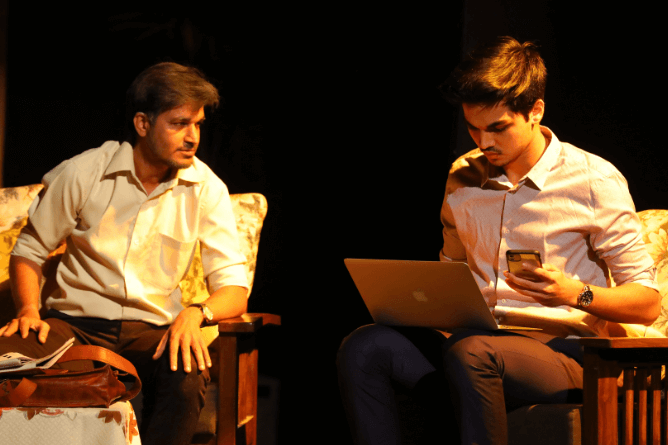In the realm of theatre, the concept of ensemble building stands as a cornerstone for creating impactful performances that resonate deeply with audiences. From acting classes in Mumbai to the best acting schools such as Rangshila Theatre Group, the essence of teamwork and collaboration in theatre cannot be overstated. Let’s delve into the significance of building ensemble, exploring how collective collaboration and unity among performers elevate the theatrical experience to new heights.
The Essence of Ensemble Building
At the heart of successful theatre productions lies the essence of ensemble building. This process involves actors coming together as a cohesive unit, working collaboratively to craft narratives that capture the imagination of the audience. In acting classes in Mumbai and esteemed institutions like the Rangshila Theatre Group, students are nurtured in an environment that fosters teamwork, communication, and trust essential elements for creating memorable performances.
Fostering Collaboration in Acting Classes
Acting classes in Mumbai serve as the training ground where aspiring actors learn not just individual skills but also the art of collaboration. Through scene studies, improvisation exercises, and ensemble-based projects, students cultivate a deep understanding of how to work harmoniously with their peers. This collaborative spirit nurtured in acting classes forms the foundation upon which future theatrical ventures flourish.
The Role of Best Acting Schools like Rangshila Theatre Group
As one of the best acting schools in Mumbai, the Rangshila Theatre Group exemplifies the principles of ensemble building. By emphasizing the power of collective creativity, Rangshila instills in its students the value of teamwork and cooperation. Through workshops, productions, and real-world experiences, aspiring actors at Rangshila learn firsthand the transformative impact of collaboration in shaping compelling narratives on stage.
Mastering Ensemble Acting: A Tapestry of Creativity
Ensemble acting is akin to weaving a tapestry, where each actor contributes a unique thread to the overarching narrative. In the world of theatre, mastering ensemble acting involves more than just individual performance prowess; it requires a deep commitment to listening, responding, and building upon the contributions of fellow cast members. This collaborative dynamic ultimately leads to performances that resonate deeply with audiences.
The Power of Collaborative Performance
When actors come together in a spirit of collaboration, magic happens on stage. Each member of the ensemble brings their strengths and insights to the table, contributing to a rich tapestry of emotions, storytelling, and character development. The power of collaborative performance lies in its ability to transcend individual limitations and create a unified, coherent theatrical experience that leaves a lasting impact on spectators.
Cultivating Trust and Unity
In theatre, trust is the bedrock upon which successful collaborations are built. Best acting schools like Rangshila Theatre Group emphasize the importance of trust-building exercises, ensemble-based projects, and group dynamics to foster a sense of unity among performers. By creating a supportive and inclusive environment, actors feel empowered to take creative risks, explore new avenues of expression, and push the boundaries of their craft.
Teamwork in Acting: An Essential Component
Teamwork in acting goes beyond sharing the stage; it involves a deep sense of camaraderie and mutual respect.Remember, in the world of theatre, teamwork and collaboration are not just buzzwords – they are the pillars upon which unforgettable performances are built. Let’s continue to celebrate the magic of ensemble acting and the transformative power of working together towards a common artistic vision.

